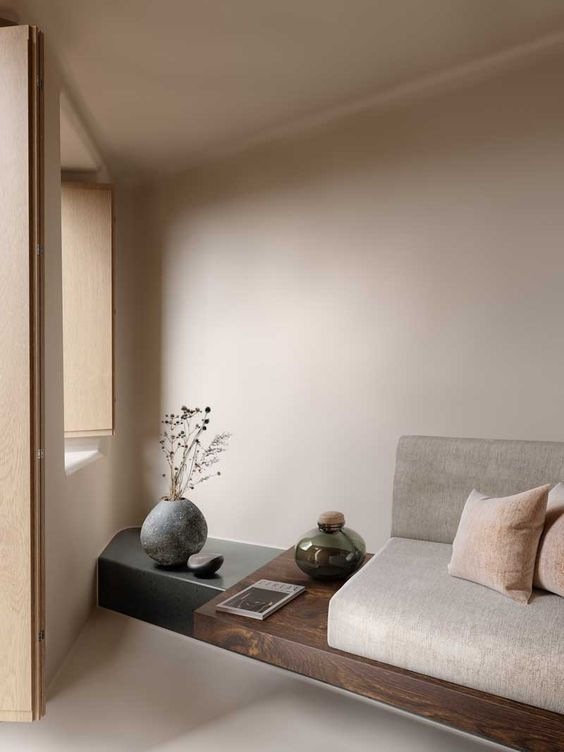Timeless and Classic Interior Design Styles that Stood the Test of Times
- Amina Husain

- Jul 25, 2023
- 3 min read
In the ever changing fast-paced world of interior design, some classic interior design styles have proven their staying power and continue to enchant us with their timeless charm. From elegant neoclassical designs inspired by ancient Greek and Roman architecture to the sleek and glamorous Art Deco style of the 1920s and 1930s, each of these interior design trends brings its own unique charm and character to living spaces. We delve into the essence of each style, uncovering the defining elements, color palettes, materials, and decorative details that create these iconic and beloved looks.
Timeless and Classic Interior Design Styles that Stood the Test of Times
1. Neoclassical Design: Drawing inspiration from classical Greek and Roman architecture, neoclassical design emphasizes symmetry, elegance, and timeless beauty. It incorporates elements such as columns, pediments, and ornate mouldings to create a sense of grandeur and sophistication.

2. Mid-Century Modern: Mid-century modern design originated in the mid-20th century and remains a timeless trend. It combines clean lines, organic shapes, and functionality. Furniture with tapered legs, bold geometric patterns, and a mix of materials like wood, plastic, and metal are characteristic of this style.

3. French Country: Inspired by the rustic charm of French cottages and countryside homes, French country design brings a sense of comfort and elegance. It features soft, muted colors, natural materials like stone and wood, and delicate floral patterns. Distressed furniture, vintage accents, and decorative details like rosettes and ornate carvings are common.

4. Art Deco: Art Deco design emerged in the 1920s and 1930s, characterized by geometric shapes, bold colors, and luxurious materials. It combines a sleek and glamorous aesthetic with intricate details and decorative accents. Mirrored surfaces, shiny metals, and symmetrical patterns are key elements of this style.

5. Victorian Style: Victorian design reflects the opulence and sophistication of the Victorian era. It features intricate detailing, ornate furniture, and lavish fabrics. Rich colors, plush textiles, and decorative elements such as tassels, fringes, and tufting are commonly seen in Victorian interiors.

6. Transitional Style: Transitional design combines traditional and contemporary elements, creating a timeless and balanced look. It focuses on clean lines, neutral colors, and a mix of textures and materials. Transitional spaces often feature classic furniture pieces with modern accents, creating a harmonious blend of old and new.

7. Classic Coastal: Classic coastal design brings a sense of relaxation and tranquility with a coastal-inspired color palette and natural textures. Soft blues, sandy neutrals, and whites create a fresh and airy ambiance. Natural materials like rattan, jute, and linen, along with nautical accents, contribute to the timeless coastal style.

8. English Country: English country design captures the charm and coziness of English cottages and rural estates. It emphasizes floral patterns, traditional furniture, and a mix of textures. Warm, earthy colors, cozy textiles like chintz or plaid, and decorative elements like exposed beams and brickwork define this timeless style.

9. Classic Minimalism: Classic minimalism focuses on simplicity, clean lines, and a clutter-free environment. It emphasizes functionality and essential elements while eliminating excess decoration. Neutral color palettes, natural materials, and a sense of calm and balance create a timeless and uncluttered space.

10. Indian Decorating Style: The Indian decorating style draws inspiration from the rich cultural heritage of India. It features vibrant colors, intricate patterns, and ornate details. Textiles like silk and cotton with intricate embroidery and prints are often used. Furniture may have carved detailing, and decorative elements like brass or silver accents are prevalent. Indian interiors often incorporate cultural artifacts, traditional artwork, and floor seating arrangements, creating a warm and inviting atmosphere with a touch of exotic elegance.






Comments